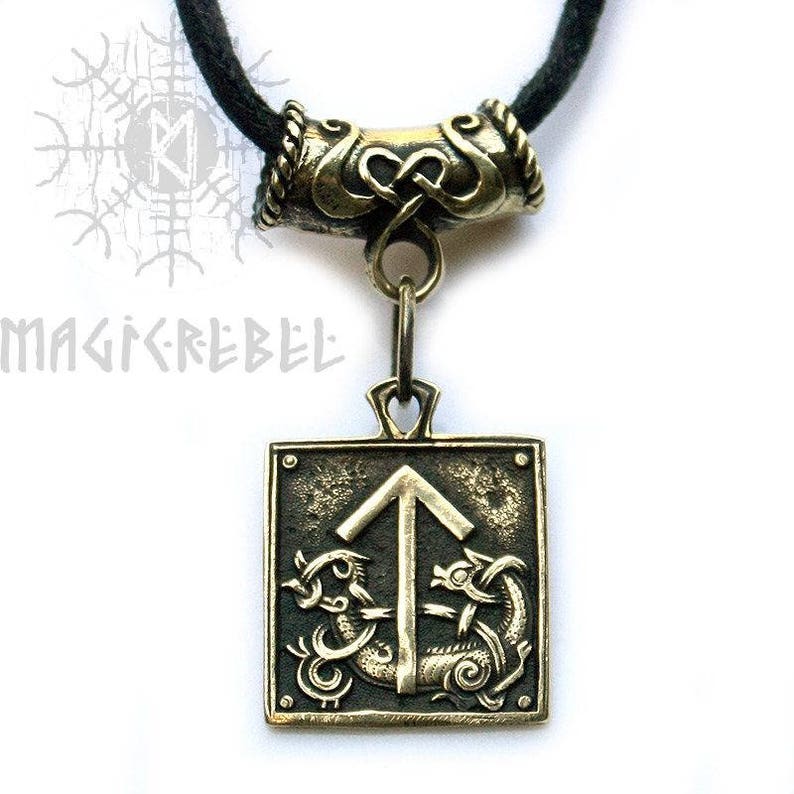



And so at the root of the notion of (ahem) “god” as manifest in the word tiv and its Indo-European cognates, and which distinguishes it from any of the host of other words that also “mean god”, such as the word god itself for example (but also regin, vear, aesir, etc.) is the notion of “heavenly radiance”. Zeus) including the prototypical Skyfather (ie. The root of this word/name traces back to the same root that gave us various words for the sky and day, as well as the names of various (ahem) “skyfathers” (eg. That the “Leavings of the Wolf” is a kenning for glory is seen in Snorri’s reference to the use of his name (Tyr) in reference to men of exceptional boldness (and wisdom), in its poetic use in praise of warrior-kings, and in its ancient usage as a general word for any deity individually, and of all the deities collectively. the name undying, but perhaps most memorably represented in the most well-known of the Havamal verse, “ Cattle die, kinsmen die, and so shall you yourself, but I know one thing that never dies, the praise of one’s worthy deeds.” These connotations to the Fenriswulf are clear and evident in his siblings (Hell, the Wyrm), whose birth and relation form the background of the “binding of the Fenriswulf” myth as we have it from Snorri.Īnd what is left of a man after the wolf of the grave has had its fill is spelt out throughout the heroic poetry of our ancestors, ie. The same poeticism is - not surprisingly given the overtly poetic nature of our sources, not to mention the chief god of our pantheon - to be found in Tiw’s other by-name, the Leavings of the Wolf, which does not refer, simply, “to everything but Tiw’s hand (which the Wolf bit off)”, but rather to what is left of a man after the wolf of death, the wolf of the grave, has had its fill. This is the function of the warrior and god of war… to kill the enemy, and to thereby feed both wolf and raven. In both cases the kenning is based upon observed behaviors of the raven and the wolf in relation to the battlefield, and their natures as carrion creatures, as eaters of the dead.Īnd so, as with “to feed the raven”, the notion of “feeding the wolf”, meant to engage in man-killing, to make war. So it is not at all surprising that we should find Tiw, whose best (surviving) association is martial in nature, so closely associated with the wolf.Īccording to the Prose Edda only Tiw was brave enough to feed the Fenriswulf (Wolf of the Fens), and so earned the by-name “ Feeder of the Wolf“ which no more means, simply, that Tiw regularly poured out the kibble-and-bits then the poetic kenning “ feed the ravens” meant that a warrior was going out to sit on a bench in the local park and scatter seed for the birds. There is no creature more closely associated with death, destruction, and man-killing in Indo-European thought than the wolf/dog.


 0 kommentar(er)
0 kommentar(er)
